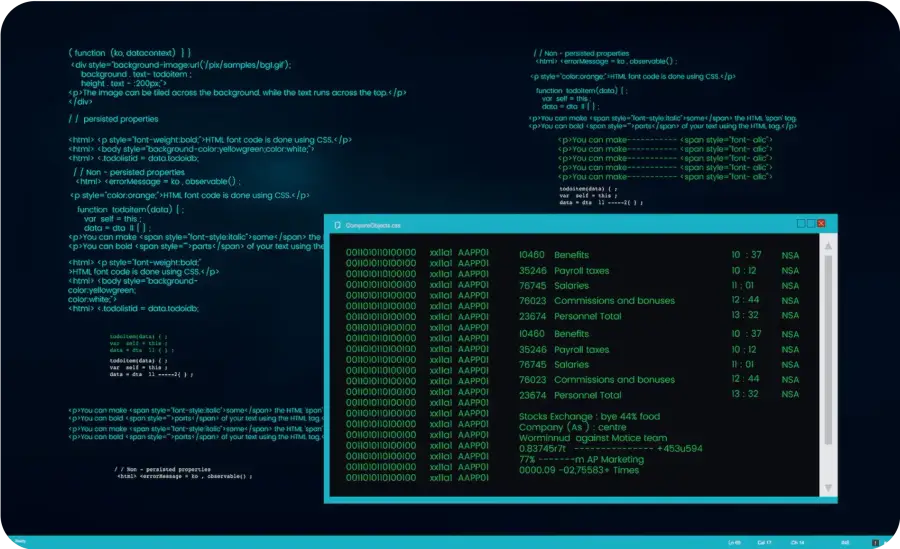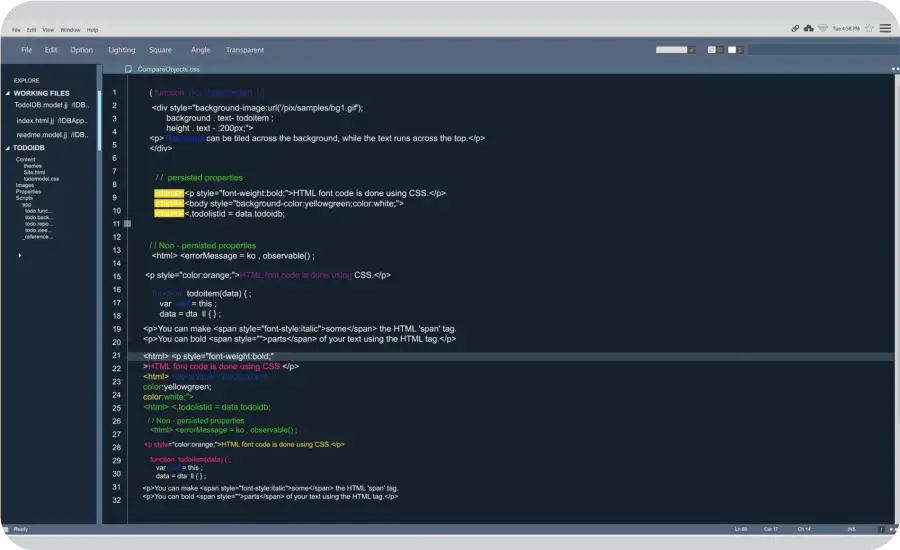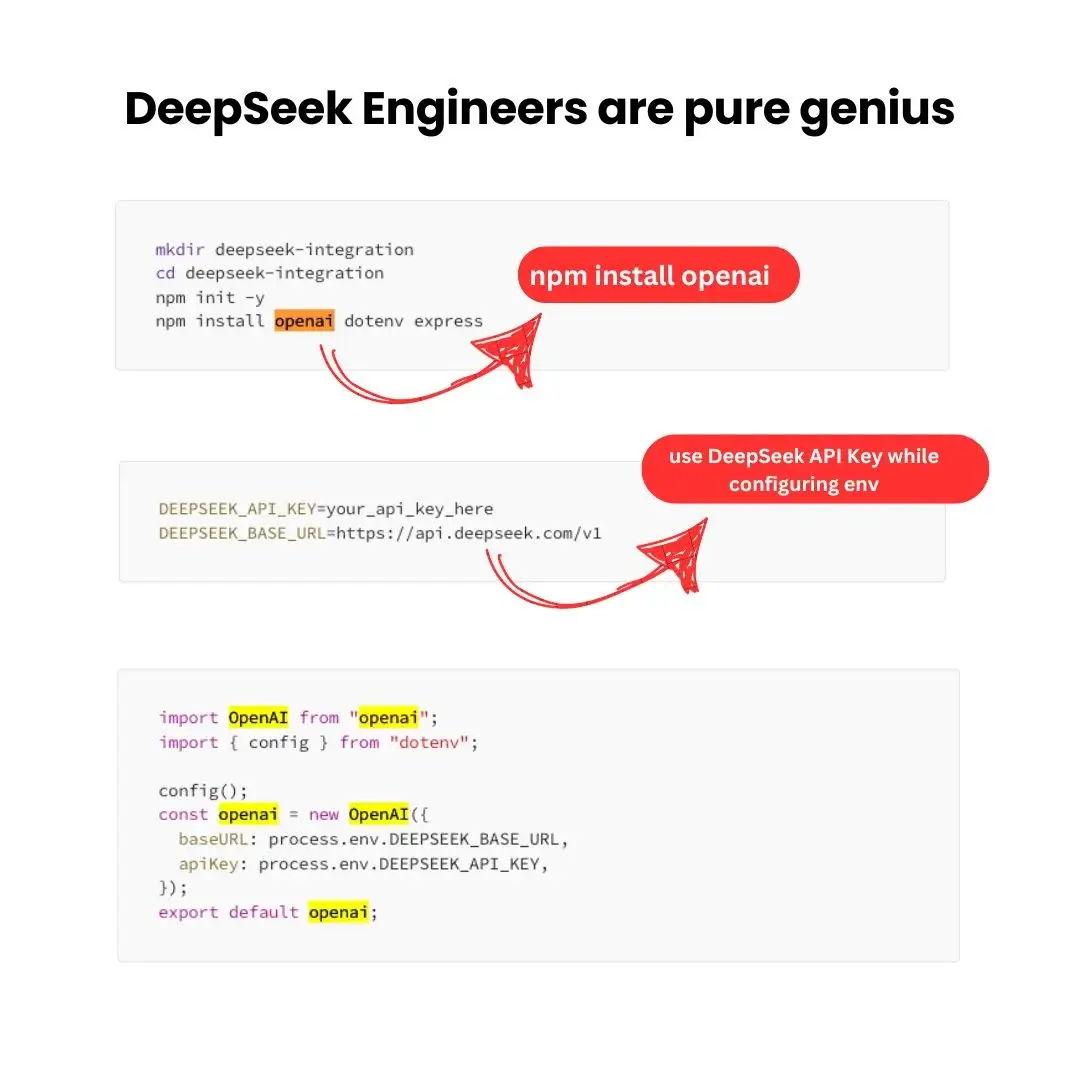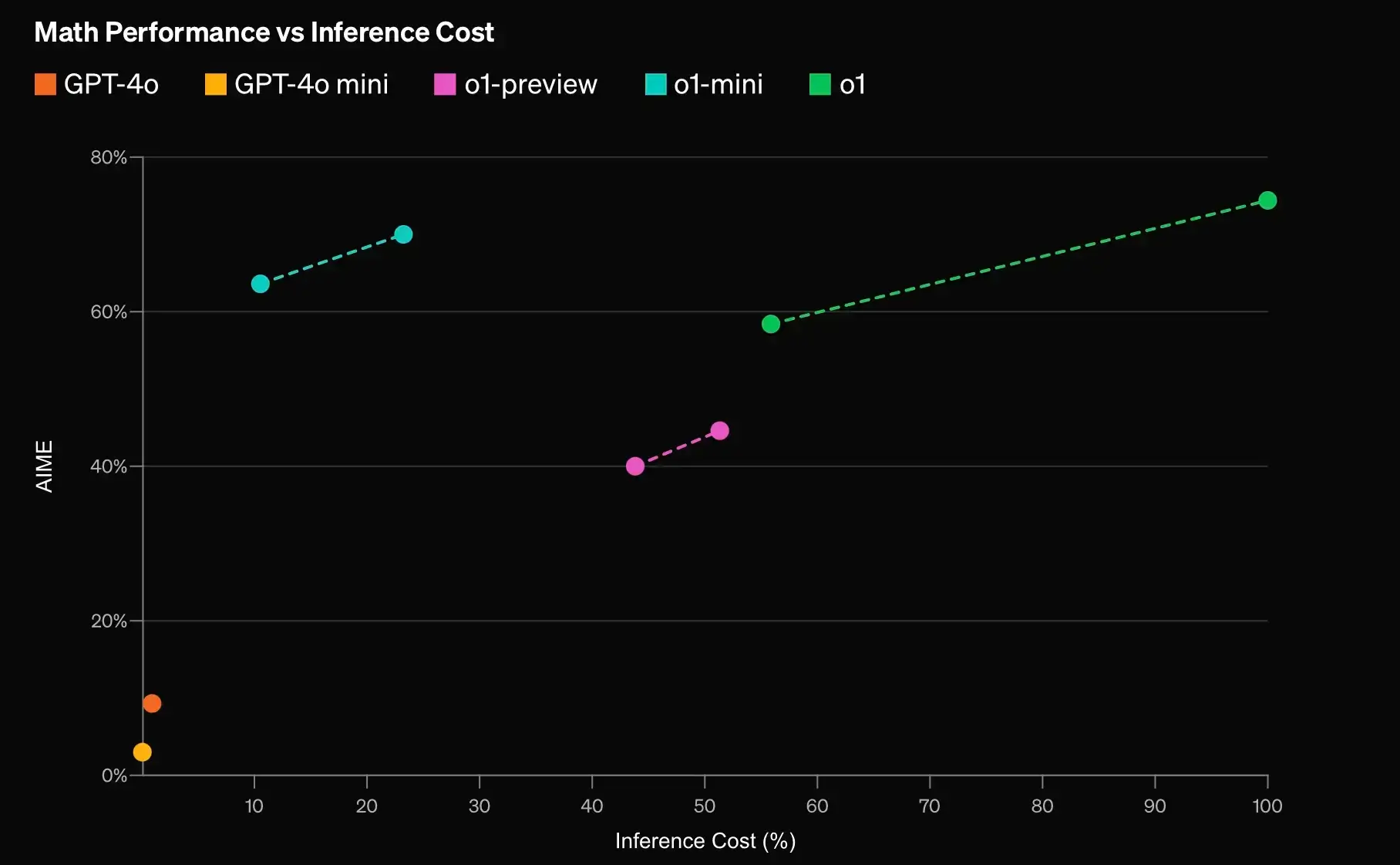
#Python Practices
Best Practices in
Python Development
Python is a powerful and versatile programming language, widely used for web development, data science, automation, and more. However, to write clean, efficient, and maintainable code, it’s essential to follow best practices. In this article, we’ll explore key strategies to elevate your Python development skills.
1. Follow PEP 8 Guidelines
PEP 8 is the official style guide for Python code. It provides conventions for naming variables, formatting code, and organizing imports. For example, use snake_case for function and variable names, and keep lines under 79 characters for readability.
2. Use Virtual Environments
Always create a virtual environment for your projects using venv or virtualenv. This isolates dependencies and prevents conflicts between packages. For example, run python -m venv env to create a virtual environment, and activate it before installing dependencies.

3. Write Modular and Reusable Code
Break your code into small, reusable functions and modules. This makes it easier to test, debug, and maintain. For instance, instead of writing a long script, split your logic into separate functions and organize them into modules that can be imported as needed.
4. Leverage List Comprehensions and Generators
Python’s list comprehensions and generators are powerful tools for writing concise and efficient code. For example, instead of using a loop to create a list, you can write squares = [x**2 for x in range(10)]. For large datasets, use generators to save memory: squares = (x**2 for x in range(10)).
5. Handle Exceptions Gracefully
Proper exception handling is crucial in Python development. Use try-except blocks to catch errors and provide meaningful feedback. For example, when opening a file, always handle potential FileNotFoundError exceptions to avoid crashes.

6. Document Your Code
Good documentation improves code readability and collaboration. Use docstrings to describe the purpose of functions and classes, and add comments to explain complex logic. Tools like Sphinx can generate documentation from your docstrings, making it easier to maintain.
7. Test Your Code
Testing is a cornerstone of reliable software. Use frameworks like unittest or pytest to write unit tests for your code. For example, test edge cases and ensure your functions handle unexpected inputs gracefully.
8. Optimize Performance
Profile your code to identify bottlenecks using tools like cProfile or line_profiler. For computationally intensive tasks, consider using libraries like NumPy or multiprocessing to improve performance.
By adopting these best practices, you can write Python code that is clean, efficient, and scalable. Whether you’re building a web app, a data pipeline, or an automation script, these principles will help you create high-quality software.

